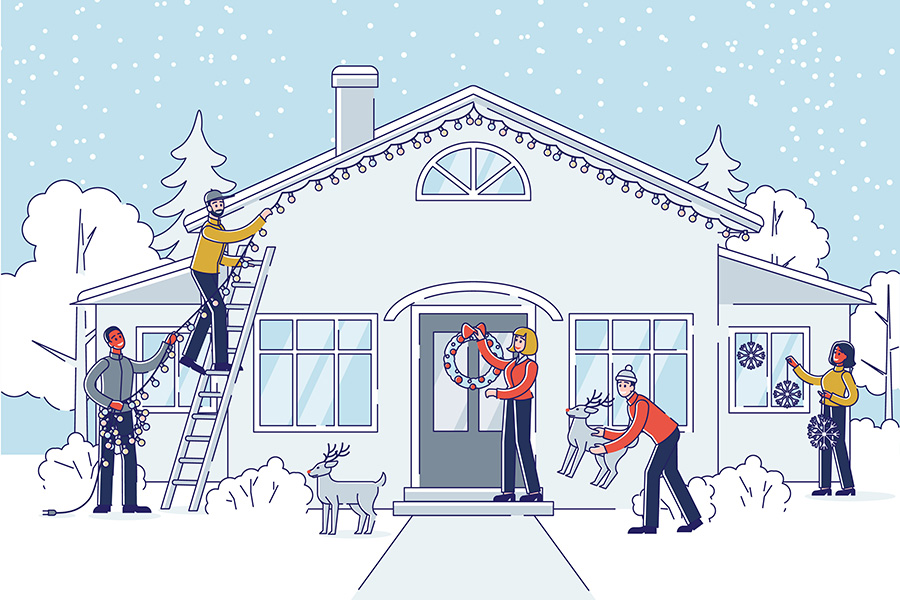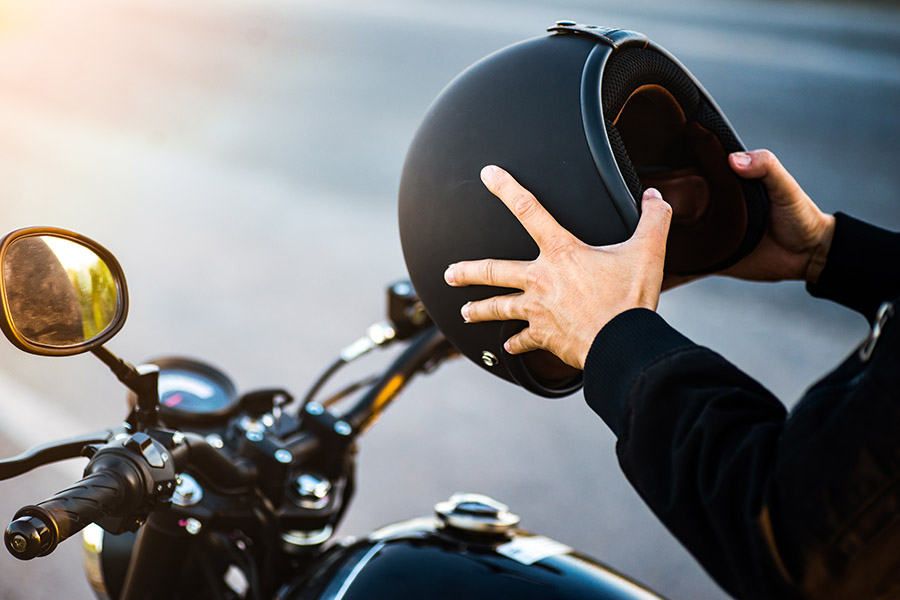Keeping Motorcyclists Safe

For some travelers, the appeal of the open road is stronger when riding on two wheels. There’s nothing like riding a motorcycle to immerse your senses in your surroundings. That open-air experience comes with a price, however. Riders must be hyper-attentive to motorcycle safety and to other vehicles on the road. Here are some tips and insights to help bikers stay safe as they enjoy the open road.
Technology for bikers
Just as technology has helped improve automotive safety, it’s doing the same for motorcycle safety.
- Antilock brakes help keep the bike under control in slippery conditions or when the rider must brake hard.
- Adaptive headlights improve a biker’s ability to see in the dark, especially when they turn a corner or go around a bend in the road.
- Electronic tire pressure monitoring helps ensure proper tire inflation, which improves handling.
- And just as automobiles are adopting sensors that can alert drivers to dangers, collision-avoidance tech is coming to motorcycles, offering alerts for forward collision, safe following distance, blind spots and more.
Tech improvements for motorcycle safety aren’t limited to the bike. Riders are benefiting from innovative gear that offers more protection. Airbag jeans, vests and bodysuits allow a person to ride normally, but they inflate immediately before a fall. Helmets can include cameras to help eliminate blind spots, and wireless communication to let riders talk with one another and hear navigation instructions. Augmented reality is expected to arrive soon, so a motorcyclist will be able to see maps and the speedometer without having to look away from the road.
Motorcycle safety tips for bikers
Of course, the key to motorcycle safety is the person behind the handlebars. Bikers can help prevent (or minimize) injury from crashes by remembering the following:
- On every ride, wear a helmet that meets a high standard of protection.
- Make yourself visible to others on the road by always keeping your headlights on.
- Stay three to four seconds behind a vehicle you intend to pass. Before passing, check oncoming traffic from the left side of the lane, signal your intention to move over and then check on more time for oncoming traffic before you change lanes.
- When completing a pass, check your rearview mirror and quickly look back to ensure that the vehicle is a safe distance behind you before getting back over.
- Wear proper clothing; proper eyewear; and sturdy, closed-toe footwear.
Ride with greater peace of mind with AAA Insurance.
For a free motorcycle insurance quote, visit AAA.com/Motorcycle






